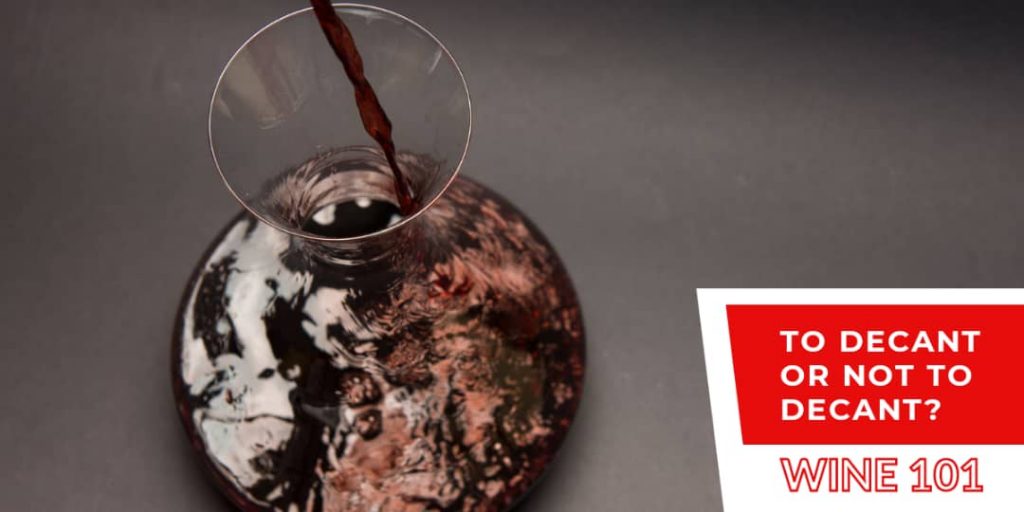Before we dive into the details of decanting wine, here’s a quick definition:
Decant
/dɪˈkant/
To slowly pour (liquid) from one vessel into another, to separate out liquid from sediment.
Typically, wine drinkers use a decanter for wines that are old and bold; putting that stigma aside, almost all wines can benefit from being decanted- red and white, new world to old world. The two main reasons to decant wine are:
- For improved flavors: By pouring wine into a decanter, you allow the liquid to ‘breathe’ as oxygen is introduced into the wine. This releases the aromas, softens tannins and releases any gas that developed within the bottle. The science of this produces wine that is richer in taste and aroma.
- To separate the wine from sediment: While sediment isn’t harmful, it does dampen the drinking experience. Older wines, especially red wine often have sediment that can be filtered out by pouring it into a vessel. Additionally, this process is great for the ‘broken cork’ scenario as well!
So, back to the big question, when do you decant your wine? In short, we’d say decant anything and everything except for bottles with bubbles like Champagne, Processo and Cava. Even if it’s just for a few minutes, the introduction of oxygen to the wine will improve it regardless of varietal and vintage. While all wines will benefit from a good decant, these are some that should definitely be aerated before drinking:
- Malbec
- Shiraz
- Cabernet Sauvignon
- Bordeaux
- Burgundy
Decanted or not, it’s always important to keep trying new wines and discovering new blends and varietals with each bottle. If you’re a wine newbie, click here for a cheat sheet on some basic how-tos.
Cheers!

